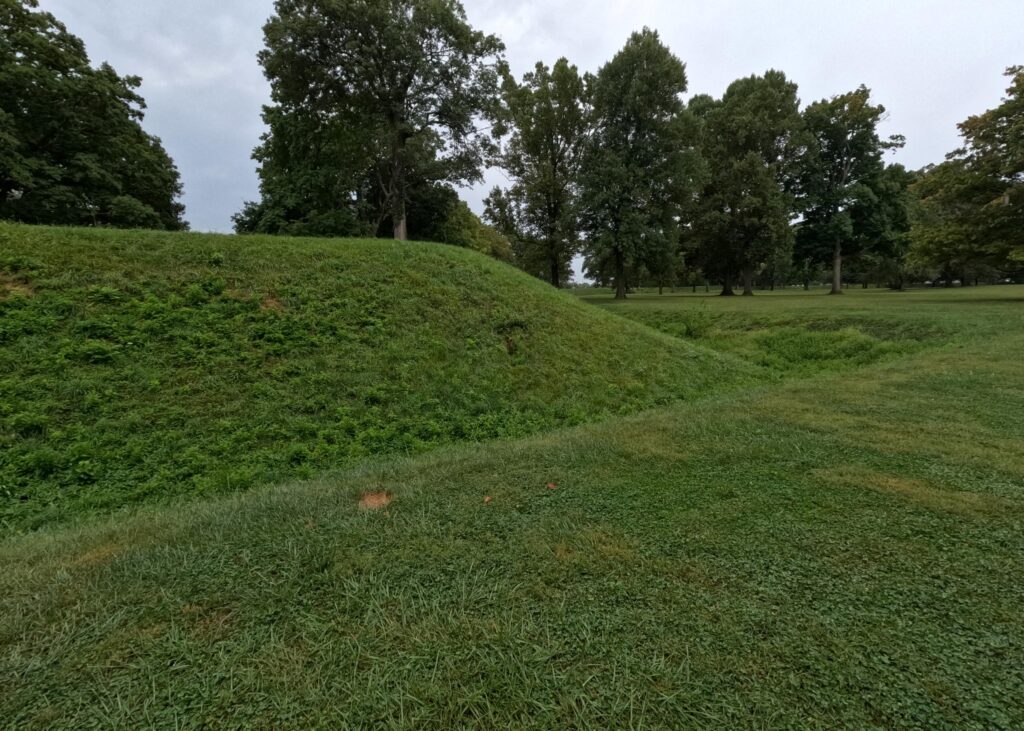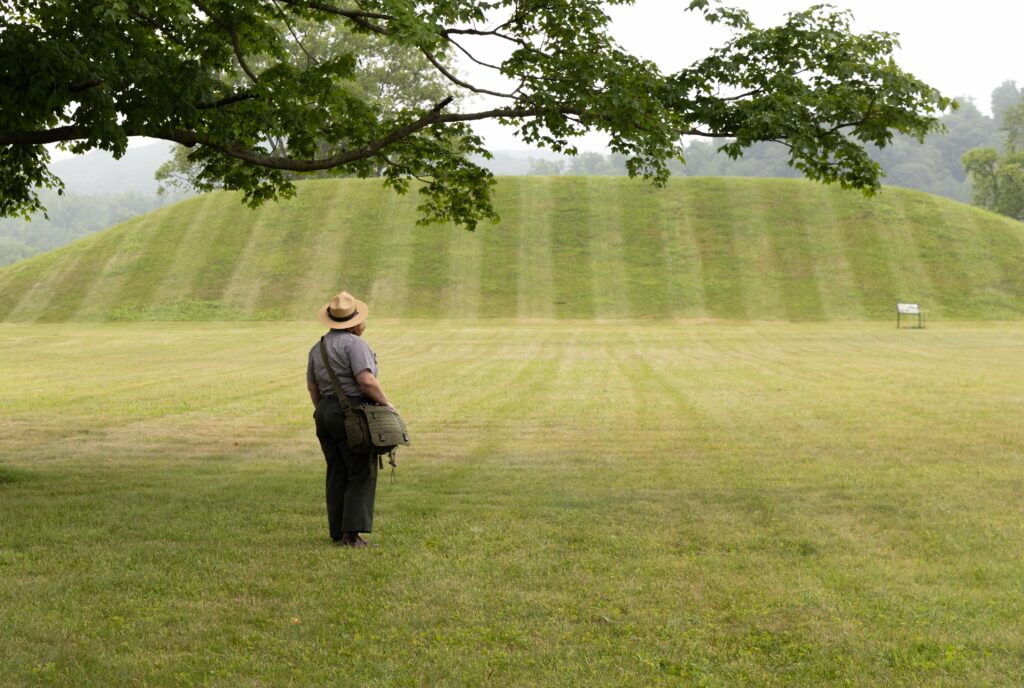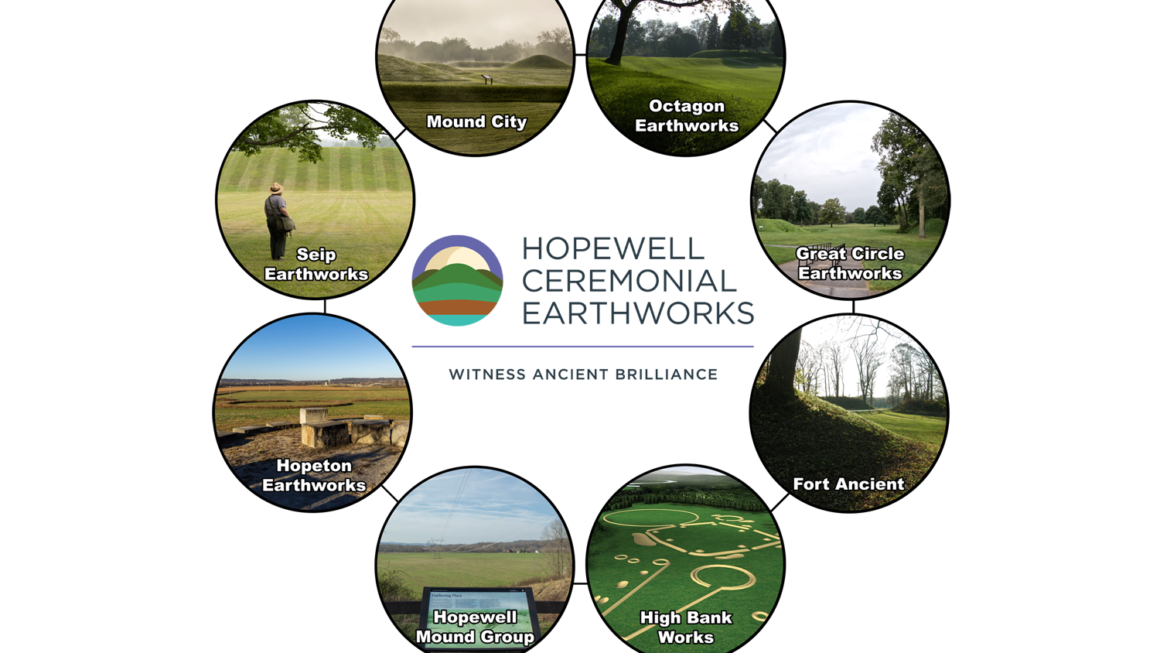When you think about UNESCO World Heritage sites, your mind may wander to the Pyramid of Giza in Egypt, Machu Picchu in Peru, the Great Wall of China, and Stonehenge in England. The designation indicates their significance to the world. However, much closer to home, the Hopewell Ceremonial Earthworks became Ohio’s first inscribed World Heritage Site on September 19, 2023, for their outstanding universal value and cultural significance.
These monumental sites reflect the genius of the early Native Americans who were masters in mathematics, engineering, and astronomy. These enormous complexes were constructed with precise geometrical shapes such as squares, circles, and octagons. None of the designs were by happenstance as they accurately replicated these designs across their complexes throughout central and southern Ohio. Additionally, these complexes were placed in a strategic position with alignments to lunar and solar events including the complex 18.6-year lunar cycle. This shows how brilliant these ancient ancestors were and how connected with the Earth and sky they were.
Collectively, the Hopewell Ceremonial Earthworks are made up of eight sites in southern and central Ohio. There are five sites in Chillicothe (Ross County) that are managed by the Hopewell Culture National Historical Park. The other three sites are operated by the Ohio History Connection with two sites in Newark (Licking County), and one site in Oregonia (Warren County).
Experiencing the Sites
You truly can’t appreciate the enormity of these complexes until you visit them in person. Descriptions of their size and images captured pale in comparison until you personally walk through the gateways of these sites. As you approach these sites, their earthen walls and mounds seem to grow in height until you’re tilting your head and looking up, notice how the enclosures’ walls create a level horizon in which the earth and sky are brought together. These are awe-inspiring sites!


As you walk through the complexes, image the work that it took to build these sites. Using only the tools of their time such has wood and shells to make shovels and hoes to work the soil and then transporting the earth with baskets to construct these amazing structures. It is evident that these earthworks took multiple generations to build as there were once wooden structures where the mounds stand today. These structures were disassembled, and these mounds replaced for multiple reasons and funerary purposes.

Three sites have staffed visitor centers where interpreters can help share information and provide directions to neighboring sites. These centers include Ohio History Connection staff at the Great Circle Earthworks (Heath, OH) and Fort Ancient (Oregonia, OH), along with National Park Service Rangers at Mound City (Chillicothe, OH). The interpretation from staff help to bring more understanding not only about the sites, but about the early Native Americans who built these complexes. Archaeologists continue their research at these sites to further their knowledge of the ancient ancestors as there isn’t any written history and new information is gathered and shared routinely.
What to Know Before Visiting

• As with any site, make sure to wear comfortable shoes as there will be some walking involved whether it’s touring the visitor centers or walking the earthworks.
• Allow plenty of time for your visit as these are enormous enclosures. This will give you the opportunity to read informational signage, interact with staff at the visitor centers, and have time to view the exhibits and artifacts.
• Be respectful of these sacred sites. Walking on the earthen walls and mounds is prohibited.




